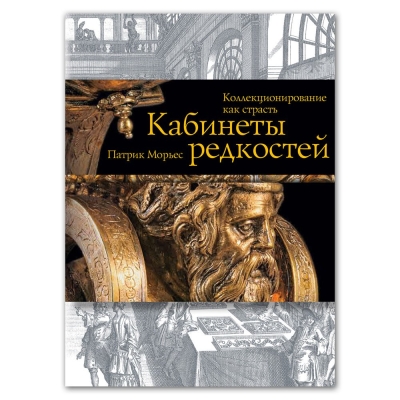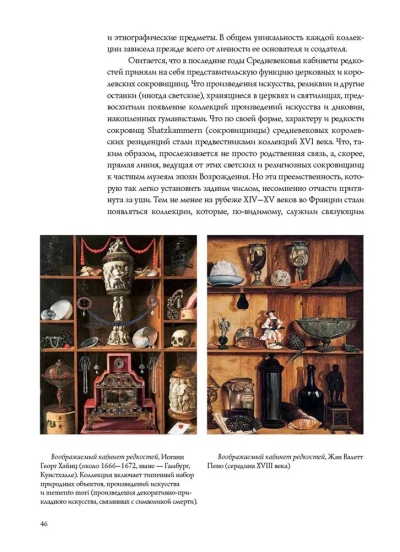Cabinets of curiosities. Collecting as a passion
49.99 €
Out of stock
European museums came into being thanks to the personal collections of kings, dukes and marquises such as Emperor Rudolf II, Albrecht of Bavaria, Ferdinand of Tyrol, the Medici, D'Este and Gonzaga dynasties. Although sometimes it may seem that all these marvelously beautiful works of art and outlandish antique exhibits grew up in museum halls by themselves. The beginning of the so-called culture of curiosity was laid in the 16th century with the emergence of cabinets of rarities - rooms in which things from the world of art and nature, from the disconcertingly ugly to the divinely beautiful, were fanatically and meticulously arranged in cupboards and cabinets, drawers and drawers, walls and tables. The desire to establish a link between nature and art, the passion for exploring the world and the desire to unravel its mysteries, geographical discoveries, progress and even the simple need to hold something tangible in one's hands against the backdrop of a rapidly changing life - these are the main reasons for the emergence of rarity cabinets, which still exist in the guise of museums, galleries and private collections. The term "cabinet of arts and rarities" came into use gradually. At first, it was used to denote an enclosed room, often cramped and hidden from view, intended solely for the use of available space and a scientific array of objects brought together primarily for study rather than for public display. In fourteenth-century France, the predecessors of these offices were called estudes, and in fifteenth- and sixteenth-century Italy they became known as studioli. Around 1550, the word Kunstkammer ("art room") appeared in German, soon joined by Wunderkammer ("room of wonders"). At the end of the 16th century, the two terms merged into Kunstund Wunderkammer. In our time, the almost universally accepted German term and its national variations (cabinet d'art et de curiosite, camera d'arte e di meraviglie, etc.) have nevertheless for many years competed with more widely used designations borrowed in particular from the world of theater (theatrum mundi, theatrum sapiente), museums, promptuaria (repositories), archives and cabinets of antiquities, rarities and curiosities.
See also:
- All books by the publisher
- All books by the author



















